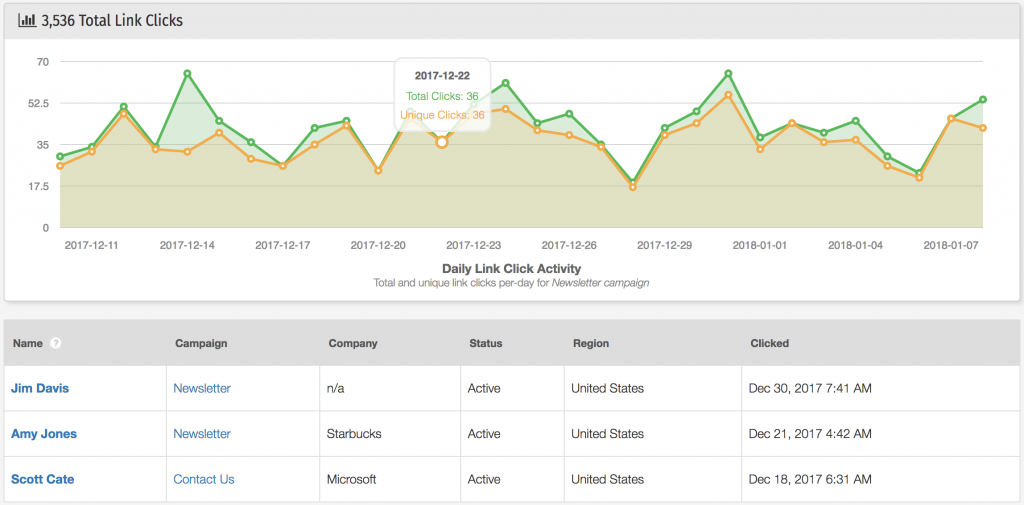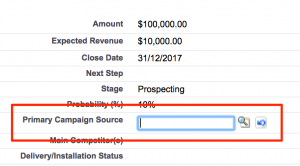What if I told you that you have everything you need to enable marketing to improve your sales funnels, but that you may be missing one important part?

My experience is that most mid-sized businesses have islands of data in a variety of digital tools and platforms. And when those islands are connected they convey a powerful story.
Unfortunately getting to that story can be challenging.
For example, you may use Salesforce as the system of record for customer data, but you may have customer registration and attendance data in Goto Webinar, web analytics and visit information in Google Analytics, sales transactions in Stipe, along with other data collected from HTML forms.
What business and marketing leaders want to know is how customers transitioned through those systems and their campaigns to become a customer.
Each of these systems (substitute whichever you like) has great reporting. But the reporting is about the customer interaction in that system. For example, run a report in Salesforce to see last month’s leads or signups for a Goto Webinar meeting.
What typically happens is someone asks a question like, “where did this customer come from?” and engineering or marketing spends 2-3 weeks amassing data from these systems into a series of Excel spreadsheets. Performing what I affectionately call marketing forensics. It’s painful, but more importantly not easily repeatable.
The Challenge for B2B Marketers
If you are a business-to-business marketer you know that prospects often participate in multiple campaigns and most B2B sales cycles are measured in weeks or months.
For example, Google AdWords is a common attribution source. But a common scenario is that a prospect clicks on multiple ads during their time at the top of your sales funnel. The first click may result in a page visit and weeks or months later another visit may result from a remarketing ad. Later that prospect may go directly to your website without clicking an ad and complete a contact us form or newsletter signup. And finally, they click a link in an email drip campaign and indicate buying interest.
In most cases, the “lead” would be credited as an organic lead that signed up for a newsletter.
Not only is this incorrect, it disincentives the business from investing in what originated the customer: a paid search ad. It would also lead the business to perceive that organic, inbound marketing was the best investment for lead generation and that other channels were less important – even though the original customer was acquired through a Google AdWords campaign.
Savvy B2B marketers realize that they should distribute credit to multiple campaigns to provide an accurate measure of how all campaigns performed, i.e. it wasn’t a single event, but rather the cumulative effect of all the prospect’s activity.
Marketing Attribution solves this problem
A Marketing Attribution Platform enables attribution of a multiple touch points as a prospect moves through your marketing funnel. More importantly, instead of manually performing the “marketing forensics” work, a Marketing Attribution Platform does this for you.
A Marketing Attribution Platform enables you to see and report on customer and account activity across the various customer touch points. It lets you know what, where and how a visitor converts into a lead.
Marketers can then create campaigns and use attribution to measure campaign influence. For example, see which campaigns generated revenue by customer or account.
Doesn’t my CRM have Attribution?
A CRM platform, such as Salesforce, may provide attribution capabilities. But they aren’t typically designed for this.
For example, take Salesforce: an Opportunity in Salesforce can only have a Primary Campaign Source:

In other words, you can set one Primary Campaign Source for each contact.
B2Bs that aren’t using a Marketing Attribution Platform will either assign the last touch or first touch as the Primary Campaign in Salesforce. But assigning a single campaign to a Salesforce contact does not measure how various marketing campaigns influence a prospect.
Running an attribution report in Salesforce won’t give you a clear picture and won’t reflect all the interaction points that influences the customer.
That’s where Marketing Attribution Platforms help. It doesn’t replace your CRM, rather it becomes another data source to report on. For example, assigning Salesforce Opportunity value to a campaign in your Marketing Attribution Platform.
In Conclusion
A Marketing Attribution Platform is a bridge that connects the islands of marketing and sales data you collect about your customers. It provides clarity into your customer data and eliminates the manual process of determining where, how, and when you found your customers. Enabling you to run your business based on fact and make the investments in the campaigns that perform best.
